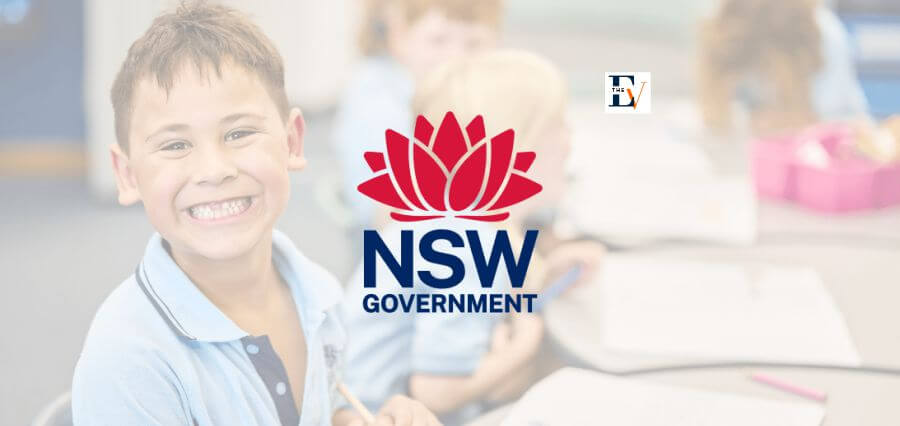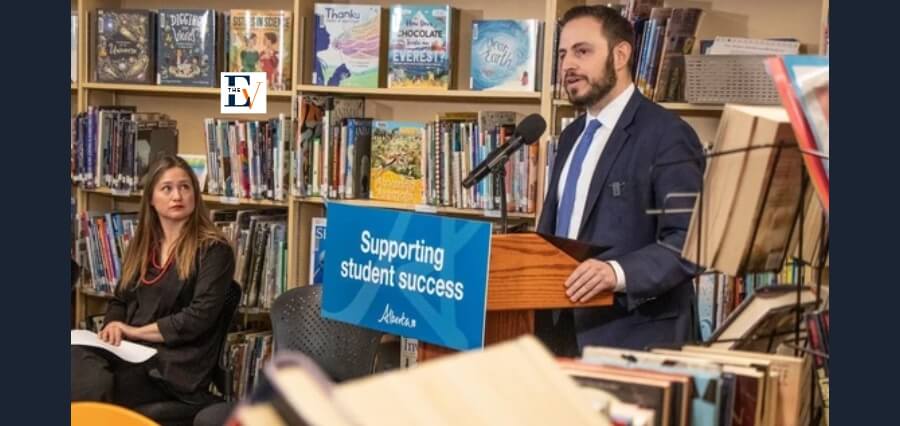In the past decade, technology was tremendously growing, and its effect on our life has expanded to include every daily action we do, and education is not an exception. If we looked at education twenty years back, we could see a lecturer standing at the front of the room and many students listening to acquire information. This rote learning style, where one party is providing the information, and another is acquiring, does not fit in the current educational system where technology is incorporated. One can say that the new educational style retained the same methodology, but instead of having open books in front of students, there are laptops, iPads, and smartphones. This superficial point of view does not consider what technology provides to both learners and educators. Technology enabled the educational system to shift toward interactive learning instead of traditional rote learning.
Many studies proved that the time learners spend on online games is very high compared to the time they spend reading a book. Thus, the learners we are having in our classes now are not identical to those we had ten years ago. Hence, we cannot apply the same teaching methodologies in our classes today. Two years ago, technology was optional in education. The COVID-19 pandemic has forced all educational organizations to embed technology in their systems. Even organizations that were reluctant to technology had to adopt software for their online classes. The educational system cannot go backwards while recovering from the pandemic. Technology has become a part of it and will continue to be.
Education has become available to everyone with the current technological advancement in education. Technology facilitated MOOCs, massive open online courses which provide online course material with flexible enrollments. Virtual reality (VR) is the next trend in the education systems after the MOOCs and online classes. While staying in the same place, the educator can take the learners on tour in another country. VR introduced the concept of immersive learning, increased learner engagement, and created an experience-based educational environment.
Technology facilitated personalized technology and differential instructions as well. Personalized learning aims to tailor instruction to each learner’s unique needs, interests, and skills. Each student will receive a different learning plan based on prior knowledge and preferred learning styles. Online learning environments can easily integrate with assistive digital technology tools to meet each student’s needs. Differentiation permits learners to learn at their own pace and to achieve effective learning. Gamification is one of the strategies used in personalized learning and was facilitated through technology and has become a fundamental pillar in the educational system to increase learners’ engagement.
Collaboration between learners also was positively affected by technology. Previously, learners were limited to their colleagues in the same physical cohort or classroom. Now, learners can reach colleagues worldwide and exchange knowledge with them. They can mentor each other and create a cooperative learning environment. Many organizations are starting initiatives to create collaborative environments between different institutions that offer the same course topics, especially in the higher education sector.
Thus, technology is considered a game-changer in the educational sector. However, adopting the technology will not make all educators happy. Millennials and Generation Z, now educators, transition smoothly from traditional to technological education because they use technology daily. However, Generation X educators may find it challenging to adopt technology in the classroom because they did not grow up with it. Thus, institutions should consider having professional development sessions to remove the barriers between educators and technology.
Learners may not make it easy for educators to adopt technology because they may misuse technology. The availability of a vast number of entertainment websites can distract learners. Hence, this directs the responsibility on the education institutions to block entertainment and social media websites. Another learner-related challenge in integrating technology in education is how to keep learners safe online. The increased use of technology makes learners vulnerable to attacks ranging from exposure to inappropriate content such as violence to phishing attacks, cyberbullying, and hacking. Educational institutions are responsible again for providing learners with the necessary awareness instructions to keep them safe online. This safety can be achieved through cybersecurity awareness short courses or seminars.
To sum up, technology has become an essential part of education. Educational sectors cannot go back to old-school teaching strategies. All institutions should consider reframing their curriculums to fit the new strategies that aid learners achieve better in their education. Education is no anymore about providing information only. Information is available online and easily accessible by everyone. However, it is to prepare the learner to integrate this information and gain the needed skills for a successful career path.
- Sanaa Kaddoura (Assistant Professor, College of Technological Innovation, Zayed University, Abu Dhabi, UAE)






